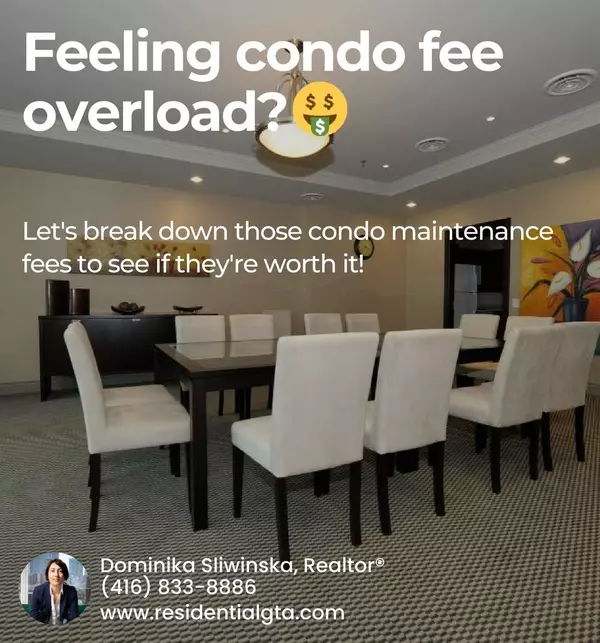Summer Moves: How Schools in the Suburbs Compare to Urban Education
With the warmth of summer comes the hustle of change, as couples swap their city condos for the dream of a suburban house. Toronto's landscape offers a dichotomy between the urban lives spent in the confines of skyscrapers and the expansive embrace of suburbia. As you ponder a summer move, understanding the impacts pertaining to cost, lifestyle, and specifically, the kids’ education is pivotal. Let’s unpack the driving forces behind this seasonal shift and examine how schools in the suburbs stack up against urban education.
The Real Cost Analysis: City Life vs. Suburban Dreams in the Heat of Summer
Cost is a crucial factor when couples contemplate relocating from the city to the suburbs. On the surface, the urban condo life may seem more expensive with its premium price tags and the promise of everything within arm's reach. However, it's essential to peel back the layers of both lifestyles to understand the true cost implications.
In the suburbs, homes often offer more space which is a big plus. Yet, this comes with higher utility bills during summer - a season of air conditioning demands. Property taxes in the suburbs can also be a shock to some, though typically they fund the local schools and parks, potentially offsetting some of the costs with free community amenities.
There's the cost of commuting too, with the suburbs usually requiring longer travel times to city centers. While this may seem a minor inconvenience, the expense and time can add up quickly. On the flip side, the city life often incurs the high cost of private schooling, should the public schools not meet expectations.
Escape or Entrapment? Unpacking the Summer Exodus to Suburbia
So, why do couples flock to the suburbs each summer? It’s the lure of a promised better quality of life. The suburbs paint a picture of tranquility with less crime, and more space to unwind - a stark contrast to the busy city streets that seldom sleep.
Moreover, the decision to move isn't made in haste. It's the culmination of yearning for community, space for the kids to play, and the search for a sense of peace that’s elusive in the downtown core. But it's critical to understand whether this move is an escape from the negatives of city living or if it could feel like entrapment, away from the cultural and social vibrancy of urban life.
Summer Moves Unveiled: Why Families Are Choosing Suburbs Over Skyscrapers
Now, when summer unfurls, families look not only for a new address but a new adventure. Several reasons tip the scale in favor of suburbia: schools often have higher ratings with more resources, neighborhoods boast a family-friendly vibe, and the possibilities for home ownership are more abundant than in the crowded city.
The suburbs promise spacious backyards for summer barbecues, community pools, and local summer camps for kids – experiences that are harder to come by in high-rise living. The educational benefits, coupled with these lifestyle perks, make the suburbs attract families like bees to blooms.
When it comes to schooling, suburban districts often have more funding, lower teacher-to-student ratios, and better facilities – ranging from libraries to sports fields. These schools sometimes offer a broader array classmates, potentially exposing children to more diverse perspectives than the more homogenous urban schools. This diversity is crucial for developing well-rounded individuals.
Green Grass or Gray Pavement? A Health & Wellness Comparison of Summer Living
Finally, the conversation would be incomplete without considering the impact of summer living on health and wellness. Urban dwellers often encounter limited green space and the relentless noise and air pollution that accompanies city life. Conversely, suburban areas typically offer more parks, biking trails, and community centers.
The gray pavement of the city can restrict the way kids play, while the green grass of suburbia invites a multitude of active outdoor play. Additionally, the reduced stress levels from less noise and the slower pace in the suburbs can contribute to overall wellness.
Yet, it is also worth considering that the urban environment offers walkability and accessibility to numerous services and amenities, which encourages an active lifestyle and has its kind of vibrancy that's beneficial for mental health.
Navigating the summer move from a condo in Toronto to a house in the suburbs is a decision that couples should approach with a detailed investigation into cost, lifestyle, community, and, importantly, the comparative educational prospects for their children. While the suburbs seemingly offer a robust platform for family growth and health, balanced with promising schooling options, each family must weigh these against the dynamic, ever-available tempo of urban living.
Remember, a house is more than bricks and mortar; it's the canvas for your life’s next chapter. Choose the suburbs if the picture painted aligns with your family’s desires for space, community, and development. Or, stay urban if the energy and convenience of the city still spark joy in your hearts. In either scenario, may your summer move be the start of many happy memories.
Categories
Recent Posts










